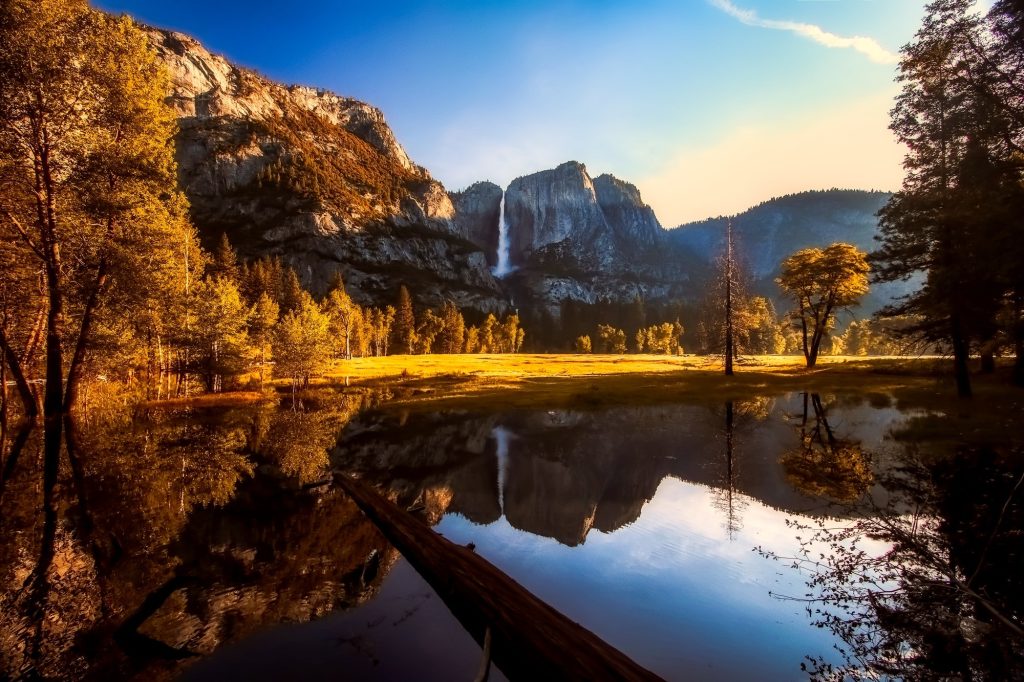You may have heard horror stories about outdoorsy, adventurous individuals who visit a national park and mysteriously disappear. This is because many hikers and explorers fail to take certain safety precautions before making their visit.
Many of us crave the freedom of getting out into nature, but the beautiful wilderness of a national park undoubtedly comes with its own dangers. Factors such as unpredictable weather patterns, dangerous wild animals, navigation challenges, and even other human beings can be huge safety risks. Today we’re going to talk about how you can mitigate these risks before you visit. Our missing person investigators know how important safety is when it comes to taking a hike or even a leisurely walk through the wilderness and in the case of a national park, preparation and caution are the first measures taken in ensuring you return home.
Do Your Research
Unless you’re a rugged local, there is a good chance that you won’t be familiar with the hazardous animals native to the National Park in question, and the rules and regulations that have been put in place to keep adventurous visitors safe. Jump online to familiarize yourself with the terrain, wildlife, and best routes—picking up a map as you go.
Know the Weather Forecast
Alongside reading general guides on the National Park’s trails, wildlife, and conditions, don’t forget to check for weather updates before you leave. Getting the latest weather report can help you avoid getting caught in a freak storm, while checking local bulletins and social media pages will alert you any worrying wildlife sightings, trail collapses, facility closures, and algal blooms that you should know about.
Know Your Limits
One of the most common pitfalls that leads people to go missing in National Parks is simply biting off more than they can chew. Understanding the distance that you are hoping to cover, the challenges of the terrain in question, and what is realistic for you to achieve is vital for keeping you and your traveling companions safe out in the wilderness. In addition, share a final itinerary plan with a friend or family member before you set off, so that someone knows at least where you should be along the way. If you can share your phone’s location with someone you trust, it might just be a life-saving measure.
Bring The Right Clothing
Heading up into the mountains on a sunny day might seem like a call for shorts, a t-shirt, and some sturdy tennis shoes, but never forget that wild-landscape weather can change in the blink of an eye. Strong and supportive footwear will keep you mobile as you move into remote areas, and carrying a full selection of layers will mean that you can keep yourself warm, dry, and alive if conditions get dicey.
Stay On the Trails
While National Parks invest heavily in maintaining safe trails for public use, it remains necessary to be alert to where the trail ends, and peril begins. Between the sheer scale of trying to mark every trail and the aim to interrupt the environment as little as possible, it is expected that visitors remain self aware. While the promise of a better view around an untrodden corner might seem tempting, crumbling rock faces, deep canyons, and slippery scree slopes can make deviation dangerous.
Respect Animal Life
Each National Park issues its own guidance on sensible distances to maintain between yourself and its native animal populations. While Yellowstone recommends staying at least 100 yards from wolves and bears, make that distance even greater if you suspect the animal in question may have young in tow. Do your homework on how to behave in proximity to wildlife; pick up some bear spray and stay in groups when traveling into bear country.
Carry Food and Water Responsibly
Whatever the duration of your planned trip, aim to carry double the water you should need. There is no way of knowing if the contents of waterways within a National Park are safe to drink, and if something goes wrong you’ll be covered. As far as food is concerned, keep everything edible under wraps, and never feed animals or leave your leftovers behind. Animals who become used to seeking food from humans may become a threat to you or other visitors.
Bring a First Aid and Emergency Kit
Taking a first aid kit with you when hitting the trails is just common sense. If you’re going further from the beaten path, consider adding emergency flares and survival equipment, and ensure that at least one of your party is first aid trained.
Take Your Safety Seriously
Here at Lauth Missing Persons, we know that a lack of awareness of the world’s dangers can result in serious consequences. While our missing persons investigations team are dedicated to finding those who have vanished, we’d much prefer that you take precautions and kept yourself safe in the first place.
If you ever need help finding a missing person, our team of missing person specialists are ever-ready to take action. Learn more about how we can help at www.lauthmissinstg.wpengine.com


